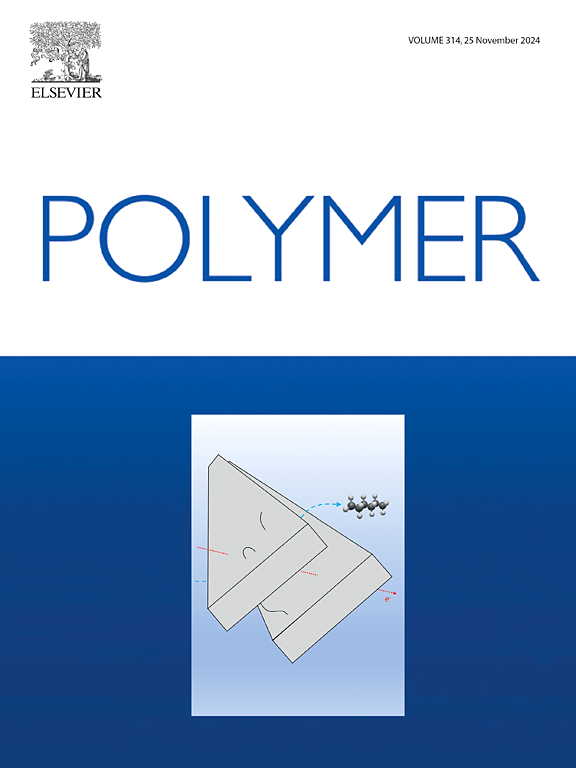Impact energy absorption in 3D printed bio-inspired PLA structures
IF 4.1
2区 化学
Q2 POLYMER SCIENCE
引用次数: 0
Abstract
3D printing is an effective technique for designing and producing products with unique shapes that cannot be made using traditional methods. Polylactic acid (PLA) filaments, commonly used in 3D printing, are a promised material for fabricating composites and lightweight structures. This study investigates the fracture and damping properties of biodegradable PLA samples with a bio-inspired structure and different density under dynamical (ballistic) loading. PLA samples were fabricated using a 3D printer and a Fusion Deposition Modeling (FDM) method. A unique computer program for cellular samples with Schwartz-Diamond minimal surface topology was developed. The impact absorption energy under ballistic loading of PLA samples with Schwarz-Diamond surface structure was found to depend on their density and impact velocity. The internal structure of 3D-printed PLA cellular samples with a Schwarz-Diamond triply periodic minimal surface and the fracture mechanism of the cellular samples with different densities were demonstrated using scanning electron microscopy. It was found that the fracture mechanism changed from ductile to quasi-brittle with increasing sample density. This work provides a foundation for understanding the fabrication of plastic cellular products using 3D printing.


三维打印生物启发聚乳酸结构的冲击能量吸收
三维打印是一种有效的技术,可用于设计和生产具有传统方法无法制造的独特形状的产品。三维打印中常用的聚乳酸(PLA)长丝是制造复合材料和轻质结构的理想材料。本研究调查了具有生物启发结构和不同密度的可生物降解聚乳酸样品在动态(弹道)加载下的断裂和阻尼特性。聚乳酸样品是用三维打印机和熔融沉积建模(FDM)方法制造的。开发了一种独特的计算机程序,用于制作具有 Schwartz-Diamond 最小表面拓扑结构的蜂窝样品。研究发现,具有 Schwarz-Diamond 表面结构的聚乳酸样品在弹道载荷下的冲击吸收能量取决于其密度和冲击速度。利用扫描电子显微镜展示了具有施瓦兹-金刚石三周期极小表面的三维打印聚乳酸蜂窝样品的内部结构以及不同密度蜂窝样品的断裂机制。研究发现,随着样品密度的增加,断裂机制从韧性转变为准脆性。这项工作为理解利用三维打印技术制造塑料蜂窝产品奠定了基础。
本文章由计算机程序翻译,如有差异,请以英文原文为准。
求助全文
约1分钟内获得全文
求助全文
来源期刊

Polymer
化学-高分子科学
CiteScore
7.90
自引率
8.70%
发文量
959
审稿时长
32 days
期刊介绍:
Polymer is an interdisciplinary journal dedicated to publishing innovative and significant advances in Polymer Physics, Chemistry and Technology. We welcome submissions on polymer hybrids, nanocomposites, characterisation and self-assembly. Polymer also publishes work on the technological application of polymers in energy and optoelectronics.
The main scope is covered but not limited to the following core areas:
Polymer Materials
Nanocomposites and hybrid nanomaterials
Polymer blends, films, fibres, networks and porous materials
Physical Characterization
Characterisation, modelling and simulation* of molecular and materials properties in bulk, solution, and thin films
Polymer Engineering
Advanced multiscale processing methods
Polymer Synthesis, Modification and Self-assembly
Including designer polymer architectures, mechanisms and kinetics, and supramolecular polymerization
Technological Applications
Polymers for energy generation and storage
Polymer membranes for separation technology
Polymers for opto- and microelectronics.
 求助内容:
求助内容: 应助结果提醒方式:
应助结果提醒方式:


